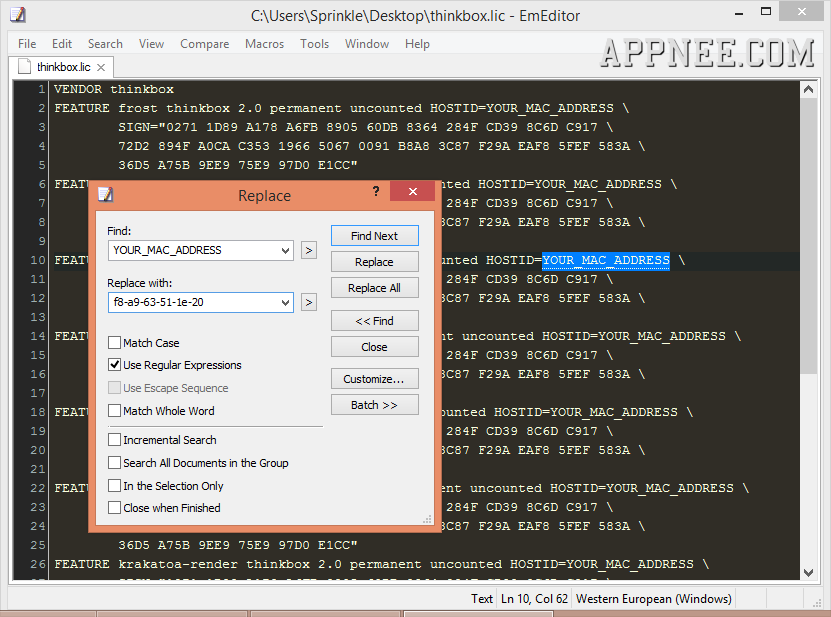

Then the module must be renamed from xyz.pyd to xyz_d.pyd. You can then write Python import foo, and Python will search for foo.pyd (as well as foo.py, foo.pyc) and if it finds it, will attempt to call PyInit_foo () to initialize it. If you have a DLL named foo.pyd, then it must have a function PyInit_foo (). pyd files are dll’s, but there are a few differences. The decompiled code is highly reliable and also easy to read and modify. DLL to C is the first and the only one tool which can convert any DLL files and some EXE files into compilable C/C++ code. Cython is a superset of the Python language, which allows you to add typing information and class attributes that can then be translated to C code and to C-Extensions for Python.ĭLL to C. So we are going to convert our python script to. First, we create the C++ source from which the DLL will be compiled using Visual Studio. Skip this if you already have a DLL and header source file. Setup.py: Python setup file for creating complexFunLib.pyd with Cython run.py: Example Python file that imports the compiled, Cython wrapped DLL C++ DLL Source: complexFunLib.h and complexFunLib.cpp. On linux however, speaking from experience it seems that you need to use the. pyd file is just a DLL renamed to save on confusion. pyd was chosen to avoid confusion with a system library spam.dll to which your module could be a Python interface.


 0 kommentar(er)
0 kommentar(er)
